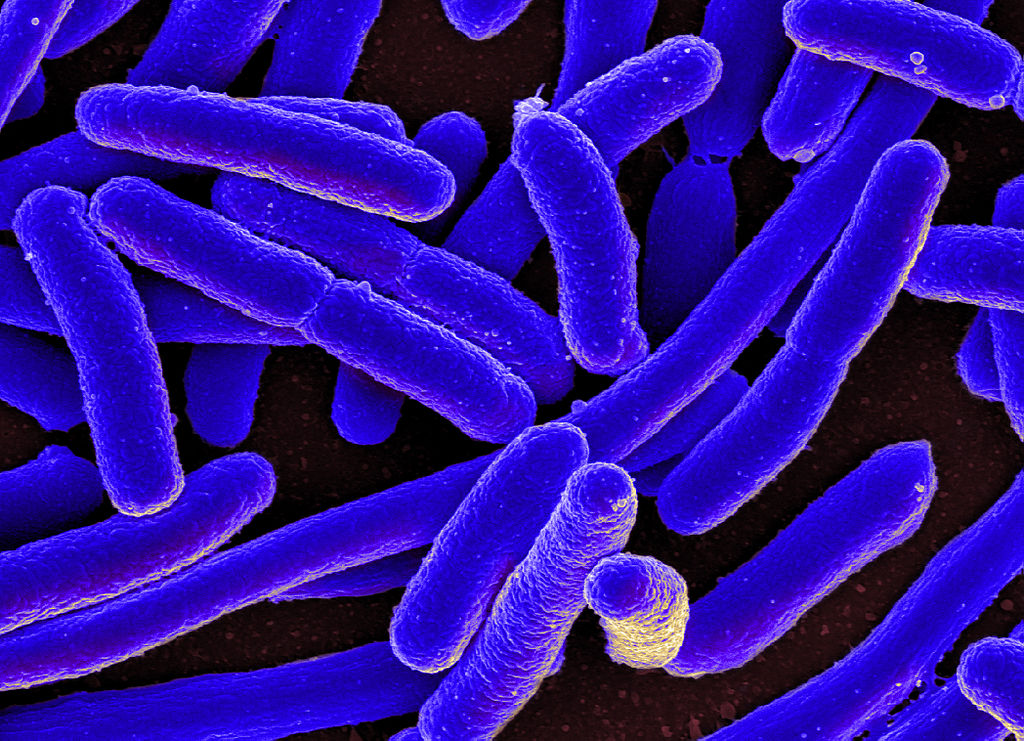Antibiotic-driven modifications to ribosomal RNA (rRNA) have been suspected of giving rise to antibiotic resistance. For example, antibiotics can alter methylation patterns in rRNA, changing rRNA structures such that they bind antibiotics less effectively. To study this phenomenon, scientists based at the Centre for Genomic Regulation (CRG) in Barcelona used nanopore sequencing technology. It allowed the scientists to read rRNA in its natural context, that is, with its chemical modifications intact.
The scientists, who were led by Eva Maria Novoa, PhD, used nanopore sequencing in concert with NanoConsensus, an analytical platform that takes RNA modification predictions from diverse software programs, rescores them, weights them internally, and finally extracts a list of RNA modification sites.
This functionality can be used to show how modifications differ when experimental conditions differ. For example, modifications that occur in wild-type bacteria can be compared with those occurring in knockout bacteria, or modifications that occur in antibiotic-treated bacteria can be compared with those occurring in untreated bacteria.
Novoa and colleagues used native nanopore RNA sequencing and NanoConsensus to characterize the rRNA modification landscape in bacteria that had been exposed to antibiotics. Specifically, the scientists exposed Escherichia coli to streptomycin and kasugamycin. Streptomycin has been a staple in treating tuberculosis and other infections since the 1940s, whereas kasugamycin is less known but crucial in agricultural settings to prevent bacterial diseases in crops.
The results of this work recently appeared in Nature Communications, in an article titled, “Native RNA nanopore sequencing reveals antibiotic-induced loss of rRNA modifications in the A- and P-sites.”
“[We found] that rRNA modification profiles are altered in the vicinity of A- and P-sites of the ribosome, in an antibiotic-specific manner, possibly contributing to antibiotic resistance,” the article’s authors wrote. “Our work demonstrates that rRNA modification profiles can be rapidly altered in response to environmental exposures, and provides a robust workflow to study rRNA modification dynamics in any species, in a scalable and reproducible manner.”
The authors also noted that although mRNA modifications have been extensively studied to determine their biological relevance, rRNA modifications have received relatively little attention. With techniques such as those developed by the CRG team, the imbalance may become less pronounced. That is, it may become clearer how rRNA modifications are dynamically regulated, and under which conditions.
In any case, the current study shows that in response to antibiotics, E. coli begins to assemble new ribosomes that are slightly different from the ones produced under normal conditions. Depending on which antibiotics are used, the new ribosomes lack certain methylation marks. The marks were specifically lost in the regions where antibiotics latch onto the ribosome and halt protein production.
“We think the bacteria’s ribosomes might be altering its structure just enough to prevent an antibiotic from binding effectively,” said Anna Delgado-Tejedor, the first author of the study and a doctoral student at CRG.
Bacteria are known to develop antibiotic resistance in different ways, including mutations in their DNA. Another common mechanism is their ability to actively pump and transport antibiotics out of the cell, reducing the concentration of the drug inside the cell to levels that are no longer harmful.
Novoa, the senior author of the current study, noted that her group had uncovered evidence of an entirely new survival strategy: “E. coli is altering its molecular structures with remarkable precision and in real time. It’s a stealthy and subtle way of dodging drugs.”
The study does not explore why or how the chemical modifications are lost in the first place. Further research could explore the underlying biology of the adaptive mechanism and uncover new ways to combat one of the biggest looming crises in global health. Global antimicrobial resistance has claimed at least one million lives each year since 1990 and is forecast to claim 39 million more lives between now and 2050.
“If we can delve deeper and understand why they are shedding these modifications, we can create new strategies that prevent bacteria from shedding them in the first place or make new drugs that more effectively bind to the altered ribosomes,” Novoa suggested.


